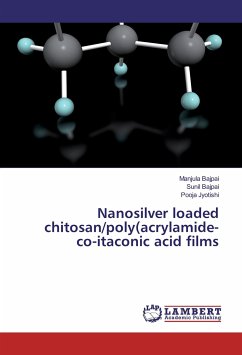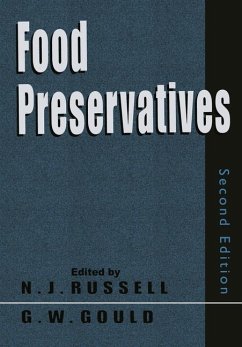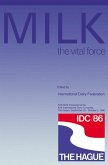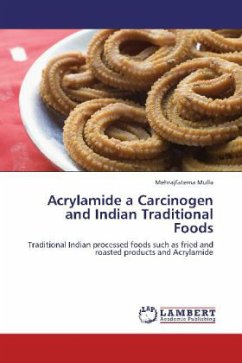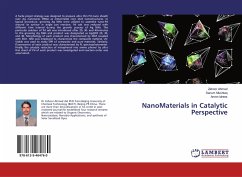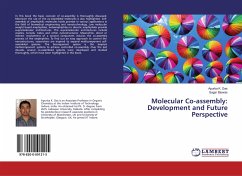Acrylamide, a known neurotoxin and potential human carcinogen is formed during cooking at temperatures above 100 oC (212 oF). It is a by-product of the Maillard reaction, the non-enzymatic browning reaction which is responsible for carmelization and aromas from food. Acrylamide is found in high levels in carbohydrate-rich foods. When ingested, acrylamide may be converted to glycidamide by enzyme-catalyzed reactions. Glycidamide has been found to be much more reactive than acrylamide and has the potential to mutate DNA. Research is being conducted in Europe, the U.S.A, and the U.K. to quantify the levels of acrylamide in foods and also to investigate its chemistry and biochemistry. So far only limited work has been reported on foods from the Caribbean. The Caribbean diet comprises of large amounts of starchy food, many of which are indigenous to the region. This publication seeks to shed some light on the acrylamide debate, but, from a Caribbean perspective. It seeks to assess thelevels of acrylamide in a variety of Caribbean foods and to study its mechanisms of interaction with some biological components found within the body, namely thiols and Copper (II).
Bitte wählen Sie Ihr Anliegen aus.
Rechnungen
Retourenschein anfordern
Bestellstatus
Storno



